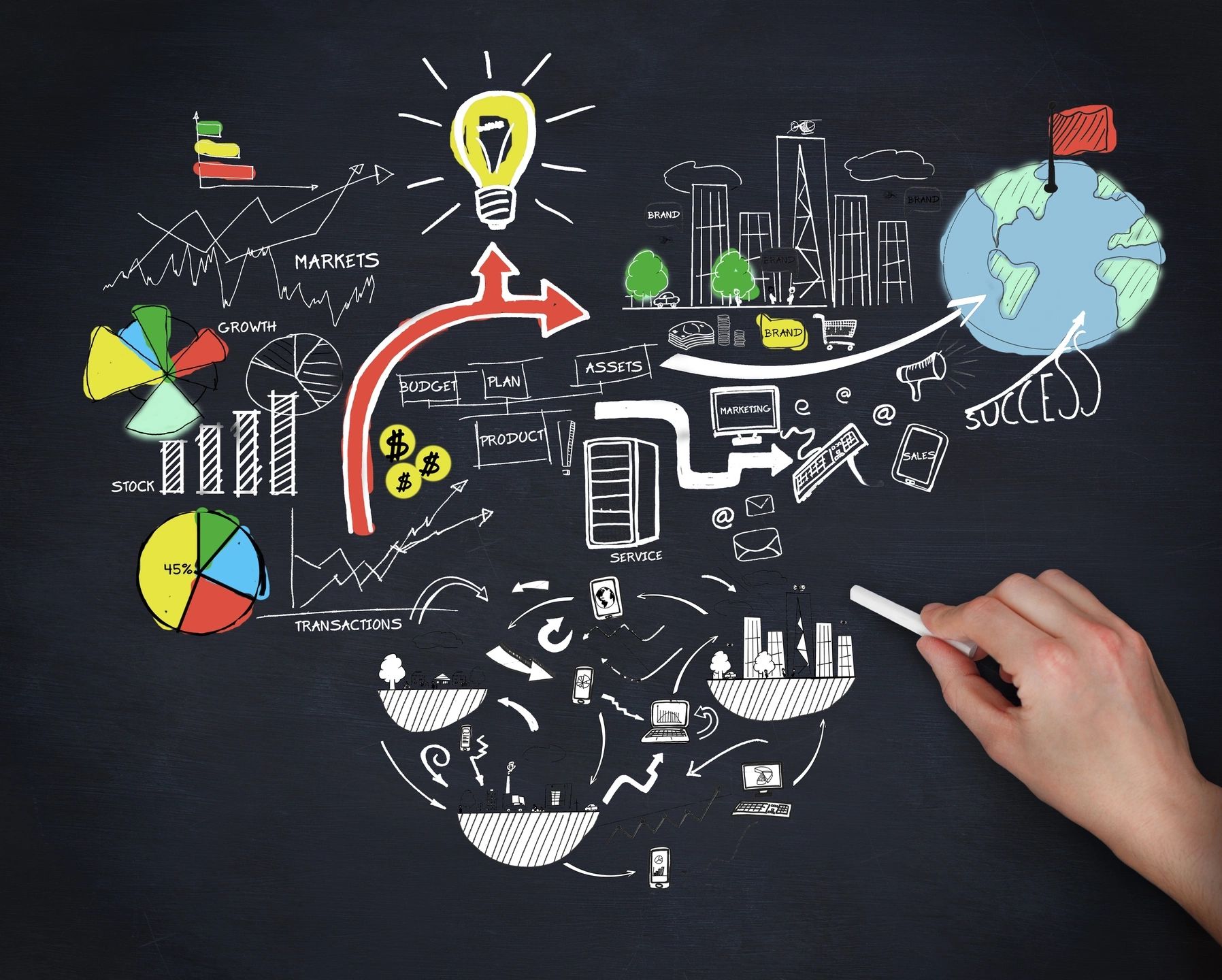Brands Are Doing More Experiential Marketing. Here’s How They’re Measuring Whether It’s Working

M&M’s, Jaguar and Mastercard seek direct connections with consumers
As brands see more and more people use ad blockers, tune out TV spots or cut the cord altogether, it’s easy to see why Jaguar, Absolut, Mastercard and more are turning to experiential marketing, which they say has the potential to create direct connections and more meaningful relationships with consumers.
“It’s more and more difficult to succeed through traditional advertising,” says Raja Rajamannar, chief marketing officer for Mastercard, which revamped its marketing strategy a few years ago to focus on experiences. “With the amount of clutter you’ve got to cut through, the attention span of the consumer going down—six seconds is what they say the attention span of a human being is, less than a goldfish—so how do you get past that hurdle and then inspire consumers?”
Enter experiential. In a perfect world, here’s how an experiential marketing effort would play out for consumers: You’d encounter a brand experience, find it so awesome that you’d post about it on your social channels (where more people would hear about it), give the brand your contact information (so that they could send you emails and offers and put you in touch with a local retailer), and become more likely to purchase something from said brand.
“I like to say, ‘What takes traditional advertising weeks, months or years to do, we can do in a moment,’” says Bryan Icenhower, president of WME | IMG’s experiential agency IMG Live, which works with brands like Marriott, Subway and Budweiser. “Experiential is a uniquely fast and effective way to build brand awareness through one-to-one connections with consumers. It engages all five senses, sparking emotions that form lasting memories which have been shown to drive brand loyalty.”
With a promise like that, it’s easy to see why marketers are shifting dollars into experiential marketing. According to the Freeman Global Brand Experience Study, which was released in May by brand experience agency Freeman and data company SSI, one in three CMOs is expected to allocate between 21 and 50 percent of their budget to brand experience marketing over the next three to five years.
“There’s a consensus among marketers that brand experience builds loyalty,” explains Freeman CMO Chris Cavanaugh. “We found that almost 60 percent of CMOs said they valued brand experience for its ability to create ongoing relationships with key audiences. Nine out of 10 respondents said they felt that brand experience delivers strong face-to-face interaction and more compelling brand engagement. And more than two-thirds of them agree that this medium is an effective way to achieve their business objectives.”
“By augmenting digital marketing,” he adds, “brand experience has the potential to increase lead generation, brand advocacy, and sales, and can even make customers feel more valued.”
Just last week at Advertising Week in New York, Mastercard showed off proof of its belief that experiential can drive sales, unveiling a new virtual reality e-commerce experience with Swarovski. Using a VR headset, consumers can see what Swarovski chandeliers look like in various spaces, and if they decide to purchase one, can do so directly through the headset using Mastercard’s Masterpass.
“We’ve found that the consumer experience is so seamless and that we’re giving the merchant the opportunity to close the sale in that moment of excitement, that moment of truth,” says Rajamannar.
Data baked in
How marketers measure experiential varies widely from brand to brand. Some, like Mastercard and American Express, have access to more consumer data (i.e. purchasing habits), which allows them to get more granular with their measurements. But all agree that measuring experiential has become easier, making it more attractive to marketers.
Michael Curmi, brand experience director for Jaguar Land Rover North America, says both the Land Rover and Jaguar brands are looking to expand their experiential efforts this year. “Part of that is due to better data and having the value of experiential be a bit more provable than it has been in the past,” he explains.
When planning an experiential effort, Curmi’s team makes sure to include a social element so that they can track the event’s social reach in addition to how many people showed up, asked for a future retail contact or ultimately purchased a vehicle.
One recent experiential effort for Jaguar involved creating a VR high-speed car chase—but instead of a stunt driver, the consumer is the star. That type of interaction makes people likelier to share branded experiences, says Curmi.
“[Experiential is] the only place you can have a physical interaction with the product directly from the corporation, and it’s also one of the few places where you can have an open-ended dialogue,” says Curmi. “So much of what we [marketers] do is pushing a message out to the consumer, and in experiential, we’re able to talk to consumers, understand what’s most important to them and have a dialogue back-and-forth.”
In May, M&M’s kicked off the launch of its new caramel flavor with an experience in Times Square that used augmented reality. Called M&M’S ARcade, the brand transformed a dozen billboards into an AR arcade that people could access via their mobile phones. The effort resulted in 26,000 consumer impressions from just the passersby in Times Square that day. M&M’S hashtag, #UnsquareCaramel, was used more than 2, 200 times on Twitter, and garnered over 6 million earned social impressions. The brand’s earned media outreach resulted in more than 147 million impressions, and the effort overall generated 466 million impressions to date.
“What’s changed around experiential is the shareability it gets you,” says Andy Pharoah, vp of corporate affairs and strategic initiatives for M&M’s parent company Mars. “Social changes everything because to succeed you need to create content that engages. Experiential for us without some kind of social amplification would be not really worth it.”
The M&M’s effort is just one example of how brands are trying to create more seamless social sharing of experiential content. The fact that users are already on their phones and using mobile to tap into the experience makes it that much easier to get consumers to share content.
Brands say that when it comes to data and measurement, they have moved from being passive (hoping that an experience is so impressive that people post about it on social media) to being active (including data points and tracking as part of the experience or integrating social efforts that make people use the brands’ hashtags or geofilters) to guarantee that they will have the analytics they need to justify the expense of experiential.
But even as brands determine with greater certainty exactly which metrics are important, experiential measurement remains a relatively new space, says IMG Live’s Icenhower. “There are no industry standards like Nielsen or Arbitron for experiential,” he explains. “We actually see that gap in the market as a huge opportunity, so we continue to invest in strategy, statistics and technology to build models that can be adapted to clients across industries. The whole experiential discipline would be best served by having a universally accepted methodology, and we hope we can be at the forefront of pushing that.”
Hard versus soft metrics
Even with all the back-and-forth about measurement, some marketers believe that figuring out if experiential efforts are working doesn’t have to be so complicated: with an experience, you can simply scan the crowd to get a fairly clear picture of whether or not you’ve created something that will reflect well for your brand.
“The data piece is becoming more central, and for experiential marketers, it’s fantastic to have more and more data,” says Deb Curtis, vp of global partnerships and experiential marketing for American Express. “But an experience is also about an emotional connection and there’s an intangibility. Sometimes the best research of all is looking at people’s faces and seeing how they’re responding. It’s a tried-and-true way to see what’s working.”
“It’s really difficult to have a high conversion to sales if you don’t have any people who show up,” adds Curmi, who believes that soft metrics—how excited are people who are spending time on site? How much energy do they have? Are they walking away with a smile? Are they chatting with their friends and family in an animated way?—are just as important as hard metrics.
Rajamannar echoes the sentiment. “Marketing is still not an exact science,” he says. “Not everything can be 100 percent quantified. The small smile you bring to someone’s face, that is something.”
Reference:
Kristina Monllos. (October 1st, 2017) M&M's, Jaguar and Mastercard seek direct connections with consumers. Retrieved from https://www-adweek-com.cdn.ampproject.org/c/www.adweek.com/brand-marketing/experiential-can-create-more-meaningful-relationships-with-consumers/amp/
